Lenovo IdeaPad Gaming 3 (15″, 2021) review – not too far from the Legion series
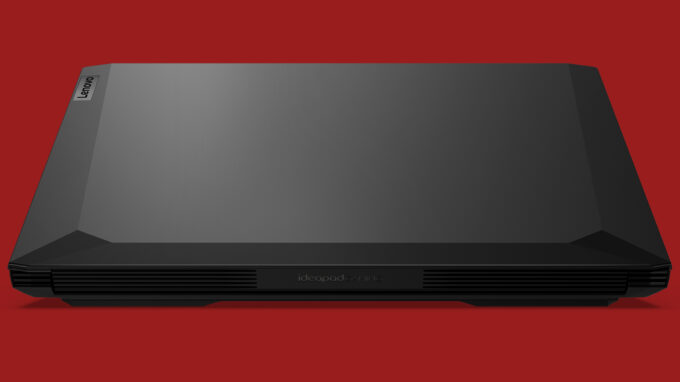 In contrast to ASUS, which supercharged their TUF Gaming series, Lenovo is taking a bit of a laid-back approach towards its IdeaPad Gaming series. Of course, it is a budget-conscious offering, that is made for entry-level gamers. Due to NVIDIA’s great efforts with its RTX 3000-series graphics cards, even people that don’t have a big budget to spend on a laptop can enjoy playing AAA titles at high settings.
In contrast to ASUS, which supercharged their TUF Gaming series, Lenovo is taking a bit of a laid-back approach towards its IdeaPad Gaming series. Of course, it is a budget-conscious offering, that is made for entry-level gamers. Due to NVIDIA’s great efforts with its RTX 3000-series graphics cards, even people that don’t have a big budget to spend on a laptop can enjoy playing AAA titles at high settings.
For the frequent viewers of our site, this laptop might look familiar. You are absolutely right to think so because we have already paid a visit to the Intel version of the IdeaPad Gaming 3. Once again, we see manufacturers being more generous towards the AMD models. This laptop comes with a 45W CPU, as opposed to the 35W core-limited chips from Team Blue.
On the other hand, it seems that Lenovo tries to balance the performance, by using a lower TGP graphics card – 85W vs 90W on the Intel model. This, of course, is if you get the RTX 3050 or RTX 3050 Ti-equipped models. Interestingly, the AMD device adds the option to go for an RTX 3060, which is a nice advantage.
You can check the prices and configurations in our Specs System: https://laptopmedia.com/series/lenovo-ideapad-gaming-3-15-2021/
Contents
Specs Sheet
- HDD/SSD
- up to 4000GB SSD + up to 1000GB HDD
- M.2 Slot
- 1x 2242 M.2 PCIe 3.0 x4 + 1x 2280 M.2 PCIe 3.0 x4 See photo
- RAM
- up to 64GB
- OS
- Windows 11 Pro, Windows 10 Home, Windows 11 Home, No OS
- Battery
- 45Wh, 60Wh, 45Wh, 3-cell, 60Wh, 4-cell
- Body material
- Plastic / Polycarbonate
- Dimensions
- 359.6 x 251.9 x 24.2 mm (14.16" x 9.92" x 0.95")
- Weight
- 2.25 kg (5 lbs)
- Ports and connectivity
- 2x USB Type-A
- 3.2 Gen 1 (5 Gbps)
- 1x USB Type-C
- 3.2 Gen 1 (5 Gbps)
- HDMI
- 2.0
- Card reader
- Ethernet LAN
- 10, 100, 1000 Mbit/s
- Wi-Fi
- 802.11ax
- Bluetooth
- 5.0
- Audio jack
- 3.5mm Combo Jack
- Features
- Fingerprint reader
- Web camera
- HD
- Backlit keyboard
- Microphone
- Dual Array Microphone
- Speakers
- 2x 2W, Nahimic Audio
- Optical drive
- Security Lock slot
All Lenovo IdeaPad Gaming 3 (15″, 2021) configurations
What’s in the box?
Inside the package, you get some paperwork, and a small bag, containing a 2.5-inch drive retention bracket, cable, and screws. Unfortunately, we once again find the 135W charger. On the bright side, the top-tier configuration featuring the RTX 3060, comes with a larger 170W unit.
Design and construction
Setback number one with budget computers is always the build quality. The case is no different with this machine, as its plastic shell is prone to flex. Interestingly, not only does the lid flex but also the keyboard deck bends when you press hard on it.
In terms of dimensions, the laptop weighs 2.25 kilos and has a profile of 24.2mm. This makes it rather light, and a bit bulky. Nevertheless, it is still pretty compact for a gaming laptop.
Trying to open the lid with a single hand results in the base lifting up, and dropping onto the surface. This is not ideal, so we can’t give it a pass in the opening test. On the bright side, you get thin side bezels and an HD camera with a privacy shutter.
We were surprised to see that the keyboard has a 4-zone RGB backlight. In addition, it sports a NumberPad and a set of very large Arrow keys. The typing experience is great, with long key travel, and clicky feedback. Ultimately, this unit is amazing to game on. Now, the touchpad is not necessarily something spectacular, but it has a rather large area and a pretty smooth gliding.
Now is a good moment to check out the bottom panel. It houses the speaker cutouts, as well as the ventilation grill. Like the Intel model, this one has four exhaust vents – two on the back, and one on each side.
Ports
On the left side, you get the power plug, an RJ-45 connector, an HDMI 2.0 connector, and a USB Type-C 3.2 (Gen. 1) port. Look on the right, and you will see two USB Type-A 3.2 (Gen. 1) ports and an аudio jack.
Disassembly, upgrade options and maintenance
To access this laptop’s internals, you need to undo 10 Phillips-head screws. Then pry the bottom panel with a plastic tool. Overall, the process is pretty easy.
There are two battery options. A 60Wh one, and the 45Wh package we have in our device. It lasted us for more than 6 hours of Web browsing, or about 5 hours of video playback. If you want to remove the battery, you will need to undo 4 Phillips-head screws. In addition to that, you’ll have to unplug the battery connector.
A metal shroud hides the two SODIMM slots for memory upgrades. They fit DDR4 RAM sticks and work in dual-channel mode. Storage-wise, there are two M.2 PCIe x4 slots, as well as a 2.5-inch SATA drive bay. Thankfully, all of the mounting accessories and the connector, are provided inside the box.
There is one heat pipe, shared between the CPU and the GPU. Both of them are provided with an additional heat pipe, which connects to its own heat sink on the side of the device. The VRMs and the graphics memory are also cooled.
Display quality
Lenovo IdeaPad Gaming 3 (15″, 2021) has a 120Hz Full HD IPS panel with a model number LEN156FHD (LEN9059). Its diagonal is 15.6″ (39.62 cm), and the resolution is 1920 х 1080 pixels. The screen ratio is 16:9, and we are looking at a pixel density of – 142 ppi, and a pitch of 0.18 х 0.18 mm. The screen turns into Retina when viewed at distance equal to or greater than 60cm (24″) (from this distance one’s eye stops differentiating the separate pixels, and it is normal for looking at a laptop).
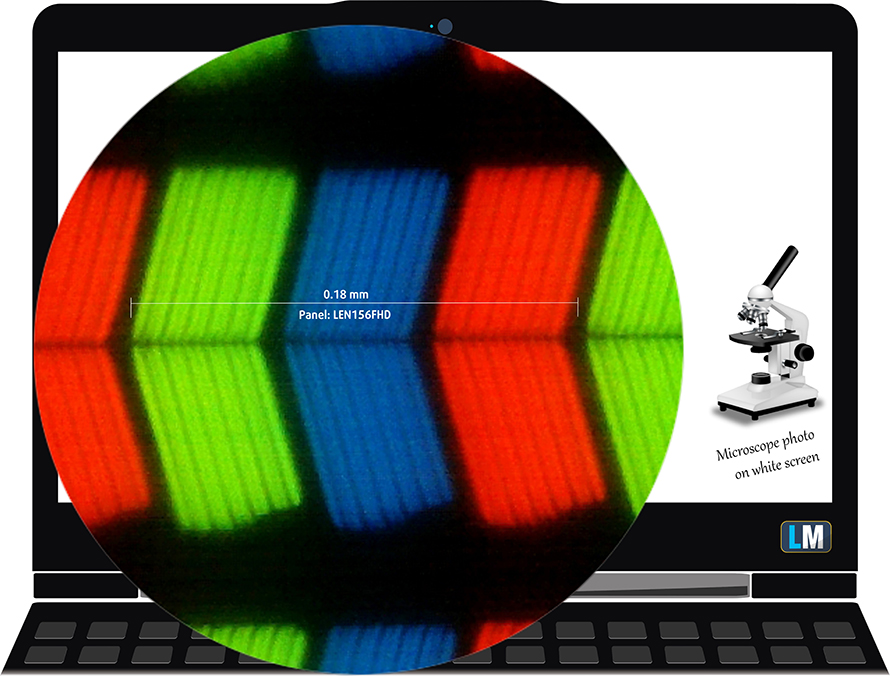
Viewing angles are comfortable. We offer images at 45° to evaluate image quality.

Also, a video with locked focus and exposure.
The measured maximum brightness of 296 nits in the middle of the screen and 287 nits as an average for the whole area, with a maximum deviation of 9%. The Correlated Color Temperature on a white screen is 6330K – slightly warmer, almost matching the sRGB standard of 6500K, which is great.
In the illustration below you can see how the display performs from a uniformity perspective. In other words, the leakage of light from the light source.
Values of dE2000 over 4.0 should not occur, and this parameter is one of the first you should check if you intend to use the laptop for color-sensitive work. The contrast ratio is good – 1230:1.
To make sure we are on the same page, we would like to give you a little introduction to the sRGB color gamut and the Adobe RGB. To start, there’s the CIE 1976 Uniform Chromaticity Diagram that represents the visible specter of colors by the human eye, giving you a better perception of the color gamut coverage and the color accuracy.
Inside the black triangle, you will see the standard color gamut (sRGB) that is being used by millions of people on HDTV and on the web. As for the Adobe RGB, this is used in professional cameras, monitors, etc for printing. Basically, colors inside the black triangle are used by everyone and this is the essential part of the color quality and color accuracy of a mainstream notebook.
Still, we’ve included other color spaces like the famous DCI-P3 standard used by movie studios, as well as the digital UHD Rec.2020 standard. Rec.2020, however, is still a thing of the future and it’s difficult for today’s displays to cover that well. We’ve also included the so-called Michael Pointer gamut, or Pointer’s gamut, which represents the colors that naturally occur around us every day.
The yellow dotted line shows Lenovo IdeaPad Gaming 3 (15″, 2021)’s color gamut coverage.
Its display covers 50% of the sRGB/ITU-R BT.709 (web/HDTV standard) in CIE1976.
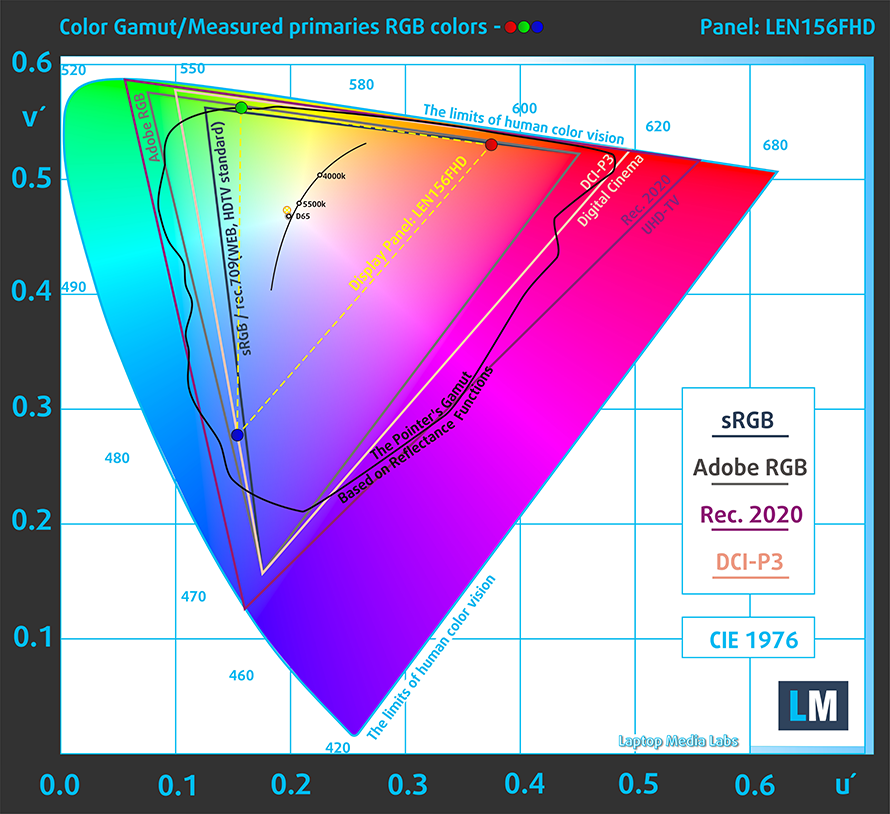
Our “Design and Gaming” profile delivers optimal color temperature (6500K) at 140 cd/m2 luminance and sRGB gamma mode.
We tested the accuracy of the display with 24 commonly used colors like light and dark human skin, blue sky, green grass, orange, etc. You can check out the results at factory condition and also, with the “Design and Gaming” profile.
Below you can compare the scores of Lenovo IdeaPad Gaming 3 (15″, 2021) with the default settings (left), and with the “Gaming and Web design” profile (right).
The next figure shows how well the display is able to reproduce really dark parts of an image, which is essential when watching movies or playing games in low ambient light.
The left side of the image represents the display with stock settings, while the right one is with the “Gaming and Web Design” profile activated. On the horizontal axis, you will find the grayscale, and on the vertical axis – the luminance of the display. On the two graphs below you can easily check for yourself how your display handles the darkest nuances but keep in mind that this also depends on the settings of your current display, the calibration, the viewing angle, and the surrounding light conditions.
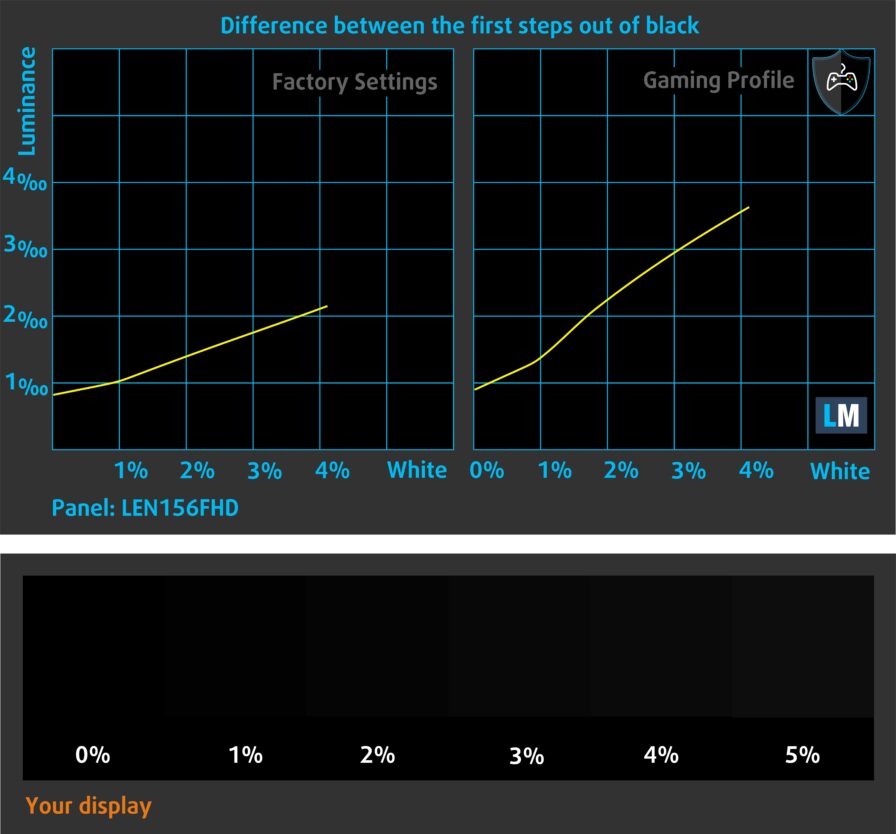
Response time (Gaming capabilities)
We test the reaction time of the pixels with the usual “black-to-white” and “white-to-black” method from 10% to 90% and vice versa.
We recorded Fall Time + Rise Time = 20 ms.
After that, we test the reaction time of the pixels with the usual “Gray-to-Gray” method from 50% White to 80% White and vice versa between 10% and 90% of the amplitude.
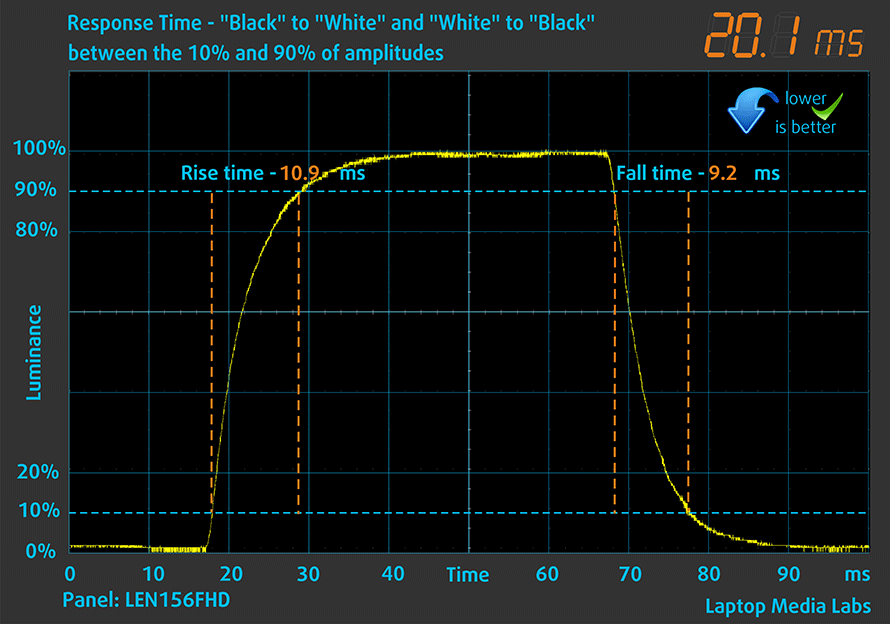
After that, we test the reaction time of the pixels with the usual “Gray-to-Gray” method from 50% White to 80% White and vice versa between 10% and 90% of the amplitude.

PWM (Screen flickering)
Pulse-width modulation (PWM) is an easy way to control monitor brightness. When you lower the brightness, the light intensity of the backlight is not lowered, but instead turned off and on by the electronics with a frequency indistinguishable to the human eye. In these light impulses, the light/no-light time ratio varies, while brightness remains unchanged, which is harmful to your eyes. You can read more about that in our dedicated article on PWM.
Lenovo IdeaPad Gaming 3 (15″, 2021)’s display doesn’t use PWM at any brightness level. This makes it comfortable and safe in this aspect.
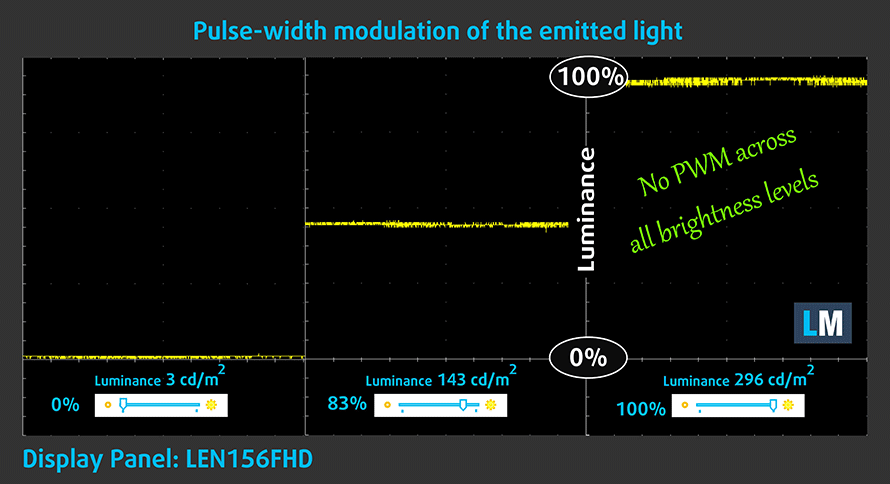
Blue light emissions
Installing our Health-Guard profile not only eliminates PWM but also reduces the harmful Blue Light emissions while keeping the colors of the screen perceptually accurate. If you’re not familiar with the Blue light, the TL;DR version is – emissions that negatively affect your eyes, skin, and your whole body. You can find more information about that in our dedicated article on Blue Light.
Gloss level measurement
Glossy-coated displays are sometimes inconvenient in high ambient light conditions. We show the level of reflection on the screen for the respective laptop when the display is turned off and the measurement angle is 60° (in this case, the result is 49.9 GU).
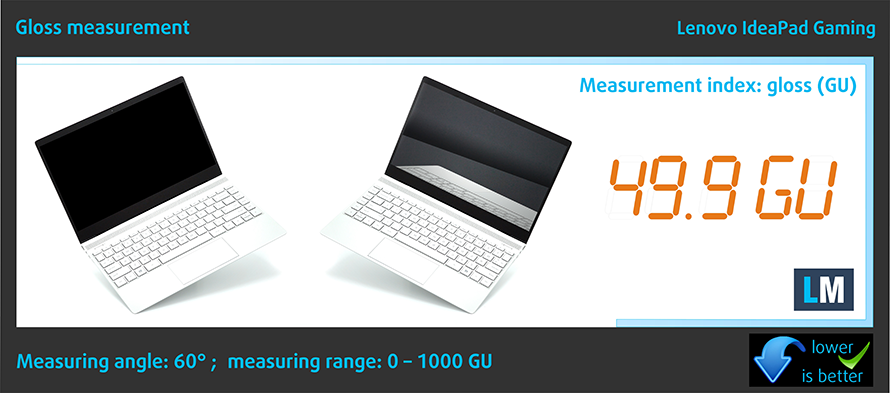
Buy our profiles
Since our profiles are tailored for each individual display model, this article and its respective profile package are meant for Lenovo IdeaPad Gaming 3 (15″, 2021) configurations with 15.6″ FHD IPS LEN156FHD (LEN9059).
*Should you have problems with downloading the purchased file, try using a different browser to open the link you’ll receive via e-mail. If the download target is a .php file instead of an archive, change the file extension to .zip or contact us at [email protected].
Read more about the profiles HERE.
In addition to receiving efficient and health-friendly profiles, by buying LaptopMedia's products you also support the development of our labs, where we test devices in order to produce the most objective reviews possible.

Office Work
Office Work should be used mostly by users who spend most of the time looking at pieces of text, tables or just surfing. This profile aims to deliver better distinctness and clarity by keeping a flat gamma curve (2.20), native color temperature and perceptually accurate colors.

Design and Gaming
This profile is aimed at designers who work with colors professionally, and for games and movies as well. Design and Gaming takes display panels to their limits, making them as accurate as possible in the sRGB IEC61966-2-1 standard for Web and HDTV, at white point D65.

Health-Guard
Health-Guard eliminates the harmful Pulse-Width Modulation (PWM) and reduces the negative Blue Light which affects our eyes and body. Since it’s custom tailored for every panel, it manages to keep the colors perceptually accurate. Health-Guard simulates paper so the pressure on the eyes is greatly reduced.
Get all 3 profiles with 33% discount
Sound
Lenovo IdeaPad Gaming 3 (15″, 2021)’s speakers produce a sound of good quality. Its low, mid, and high tones are clear of deviations.
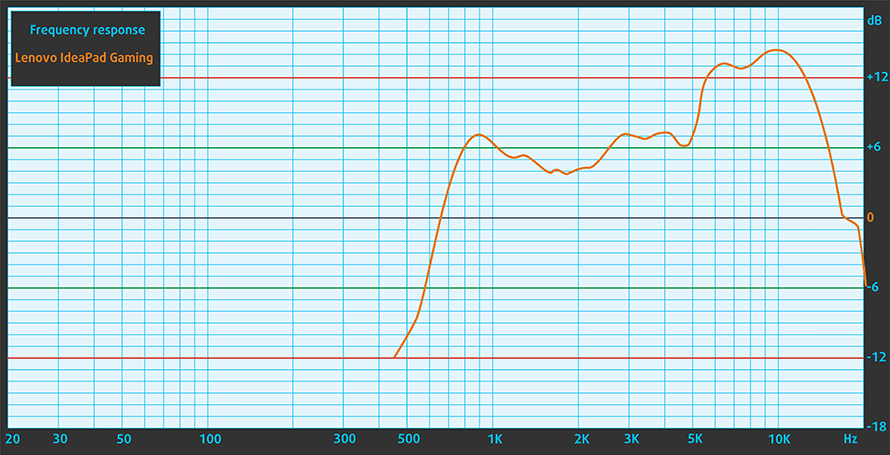
Drivers
All drivers and utilities for this notebook can be found here: https://pcsupport.lenovo.com/us/en/products/laptops-and-netbooks/3-series/ideapad-gaming-3-15ach6/downloads/driver-list
Battery
Now, we conduct the battery tests with the Windows Better performance setting turned on, screen brightness adjusted to 120 nits, and all other programs turned off except for the one we are testing the notebook with. This laptop comes with a 45Wh battery pack. It lasts for 6 hours and 19 minutes of Web browsing, or 5 hours and 23 minutes of video playback.
In order to simulate real-life conditions, we used our own script for automatic web browsing through over 70 websites.

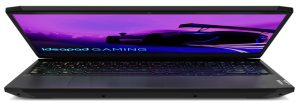
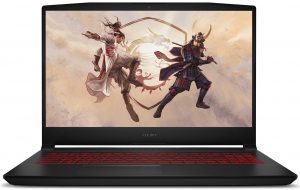
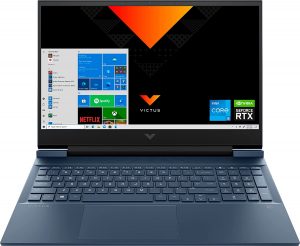
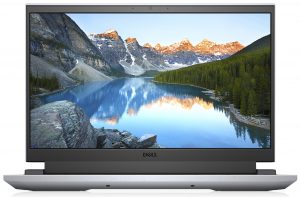
For every test like this, we use the same video in HD.





CPU options
You can get this device with the 6-core Ryzen 5 5600H, or the 8-core Ryzen 7 5800H.
Results are from the Cinebench R23 CPU test (the higher the score, the better)
Results are from our Photoshop benchmark test (the lower the score, the better)
GPU options
In terms of graphics, your choice falls down to the GTX 1650, RTX 3050 (85W), RTX 3050 Ti (85W), or the RTX 3060 (90W).
Results are from the 3DMark: Time Spy (Graphics) benchmark (higher the score, the better)
Results are from the 3DMark: Fire Strike (Graphics) benchmark (higher the score, the better)
Results are from the Unigine Superposition benchmark (higher the score, the better)
Gaming tests
| Metro Exodus | Full HD, Low (Check settings) | Full HD, High (Check settings) | Full HD, Extreme (Check settings) |
|---|---|---|---|
| Average FPS | 99 fps | 45 fps | 22 fps |
| Borderlands 3 | Full HD, Medium (Check settings) | Full HD, High (Check settings) | Full HD, Badass (Check settings) |
|---|---|---|---|
| Average fps | 87 fps | 60 fps | 45 fps |

| Shadow of the Tomb Raider (2018) | Full HD, Lowest (Check settings) | Full HD, Medium (Check settings) | Full HD, High (Check settings) |
|---|---|---|---|
| Average | 130 fps | 83 fps | 73 fps |
| Tom Clancy’s Ghost Recon Wildlands | Full HD, Medium (Check settings) | Full HD, High (Check settings) | Full HD, Very High (Check settings) |
|---|---|---|---|
| Average fps | 74 fps | 68 fps | 60 fps |
Temperatures and comfort
Max CPU load
In this test we use 100% on the CPU cores, monitoring their frequencies and chip temperature. The first column shows a computer’s reaction to a short load (2-10 seconds), the second column simulates a serious task (between 15 and 30 seconds), and the third column is a good indicator of how good the laptop is for long loads such as video rendering.
Average core frequency (base frequency + X); CPU temp.
| AMD Ryzen 5 5600H (45W TDP) | 0:02 – 0:10 sec | 0:15 – 0:30 sec | 10:00 – 15:00 min |
|---|---|---|---|
| Lenovo IdeaPad Gaming 3 (15″, 2021) | 3.85 GHz (B+17%) @ 82°C | 3.85 GHz (B+17%) @ 92°C | 3.84 GHz (B+16%) @ 98°C |
| Lenovo ThinkBook 16p Gen 2 | 3.68 GHz (B+12%) @ 86°C | 3.67 GHz (B+11%) @ 93°C | 3.53 GHz (B+7%) @ 100°C |
| ASUS Vivobook Pro 15 OLED (M3500) | 3.52 GHz (B+7%) @ 78°C | 3.58 GHz (B+8%) @ 94°C | 3.40 GHz (B+3%) @ 90°C |
| Acer Nitro 5 (AN515-45) | 3.57 GHz (B+8%) @ 69°C | 3.47 GHz (B+5%) @ 69°C | 3.56 GHz (B+8%) @ 82°C |
| Lenovo Yoga Slim 7 Pro (14) | 3.43 GHz (B+4%) @ 78°C | 3.35 GHz (B+2%) @ 88°C | 3.06 GHz @ 93°C |
| Lenovo Legion 5 Pro (16″) | 3.77 GHz (B+14%) @ 84°C | 3.79 GHz (B+15%) @ 89°C | 3.76 GHz (B+14%) @ 97°C |
Here, we got some interesting results. The IdeaPad Gaming 3 (15″, 2021) showed a better performance than the Legion 5 Pro (16″), equipped with the same processor. Well, the temperature at the end was a bit too hot in our view, but you can always choose a more lenient profile through the Vantage app.
Real-life gaming
| NVIDIA GeForce RTX 3050 | GPU frequency/ Core temp (after 2 min) | GPU frequency/ Core temp (after 30 min) | GPU frequency/ Core temp (Max Fan) |
|---|---|---|---|
| Lenovo IdeaPad Gaming 3 (15″, 2021) | 1885 MHz @ 76°C @ 85W | 1866 MHz @ 82°C @ 85W | – |
| Lenovo IdeaPad Gaming 3i (15″, 2021) | 2004 MHz @ 82°C @ 88W | 1991 MHz @ 86°C @ 88W | – |
| ASUS Vivobook Pro 15 OLED (K3500) | 1605 MHz @ 69°C @ 49W | 1610 MHz @ 68°C @ 50W | – |
| Dell Vostro 15 7510 | 1729 MHz @ 74°C @ 64W | 1710 MHz @ 78°C @ 65W | – |
| ASUS VivoBook Pro 16X OLED (N7600) | 1576 MHz @ 68°C @ 50W | 1571 MHz @ 69°C @ 50W | – |
| Lenovo IdeaPad 5 Pro (16″) | 1651 MHz @ 72°C @ 55W | 1636 MHz @ 75°C @ 55W | – |
| HP Victus 16 (16-e0000) | 1824 MHz @ 73°C @ 75W | 1814 MHz @ 73°C @ 75W | 1822 MHz @ 73°C @ 75W |
| MSI Katana GF66 | 1675 MHz @ 73°C @ 60W | 1660 MHz @ 78°C @ 60W | 1699 MHz @ 67°C @ 60W |
As is the case with many of the latest NVIDIA graphics cards, 5W TGP can make a big difference in clock speeds. However, the cooling of the IdeaPad Gaming 3 approaches its limit at 85W.
Gaming comfort
Although the two fans are punching some respectable RPMs out here, we can’t say that they are too loud. Also, the keyboard doesn’t get too warm. However, we observed the same nonsense as with the Intel version, which makes the area above the battery connector heat up.

Verdict
Yes, ladies and gentlemen, the discharging, while gaming issue is not limited to the Intel platform only. Lenovo was inconsiderate-enough to provide a 135W charger with both their IdeaPad Gaming 3 offerings, which means two things. First, they had to limit the TGP of their AMD option, since the CPUs draw more energy than the Tiger Lake-H35 lineup. Then, there is the bigger concern. When you are in the Performance mode in the Vantage software, your battery will drain, when you play games. The rate will vary, depending on the load you hit it with.
Here, you can see a timelapse, where we’ve slammed the laptop with Prime95 and FurMark, in order to emulate the worst-case scenario. For the two minutes it took to make the 4-second video, the percentage dropped from 83.2% to 82.3%, which translates to 420 mWh. That’s only two minutes. If you play for an hour, you will lose roughly 30% of your battery charge…while it is supposed to be charging. This is singlehandedly the worst power management we’ve seen on a laptop.
Not to mention the hotspot location, corresponding to the battery connector. This means that the connector is under stress at all times during gameplay, and we don’t really know what this would mean for the longevity of the device. Here, we have to say that the RTX 3060 model should not suffer from this issue, as it is supplied with a 170W charger by default.
 Anyway, if we forget about this issue for a bit, we found the laptop decent. It would be weird to start with the battery, and this is why we’re going to tell you that it lasted us for more than 6 hours of Web browsing, or nearly 5 hours and a half of video playback.
Anyway, if we forget about this issue for a bit, we found the laptop decent. It would be weird to start with the battery, and this is why we’re going to tell you that it lasted us for more than 6 hours of Web browsing, or nearly 5 hours and a half of video playback.
Performance-wise, you get what you can expect from the RTX 3050. Most AAA titles will run at High settings at 1080p, which is nice, but some, like the GPU tormentor Metro Exodus, will require you to tune down the eye candy. It’s also really exciting that the Lenovo Vantage gives you the option to overclock the GPU.
It’s also worth mentioning that the IdeaPad Gaming 3 (15″, 2021) is the fastest laptop we’ve tested with the Ryzen 5 5600H, even beating the Legion 5 Pro (16″). Also, its keyboard is one of the best on the market, thus providing a fantastic gaming experience.
Lenovo IdeaPad Gaming 3 (15″, 2021)’s IPS panel has a Full HD resolution, comfortable viewing angles, good contrast ratio, and a PWM-free backlight. It has a 120Hz refresh rate, but the pixel response times are a bit slow, which may lead to ghosting in fast-paced games. Also, it covers only 50% of the sRGB color gamut.
On the other hand, the I/O is a bit limited with no SD card reader, and only one display output in the form of an HDMI 2.0 connector. Yep, the USB Type-C port is only capable of data transfer.
Thankfully, the upgrade options are decent, as you get two SODIMM slots for memory expansion, two M.2 PCIe x4 slots, as well as a 2.5-inch SATA drive bay with the mounting and connecting accessories included inside the box.
You can check the prices and configurations in our Specs System: https://laptopmedia.com/series/lenovo-ideapad-gaming-3-15-2021/
Pros
- Great price/performance ratio
- Great keyboard with an optional RGB backlight
- Two M.2 slots (or one M.2 + 2.5-inch SATA)
- 2.5-inch SATA drive mounting accessories inside the box
- No PWM (LEN156FHD (LEN9059))
Cons
- Lacks an SD card reader
- USB Type-C port is only used for data transfer
- Only 50% sRGB coverage (LEN156FHD (LEN9059))
- Battery discharges during gaming in Performance mode…
- … which results in an excessive heat generated in the battery connector
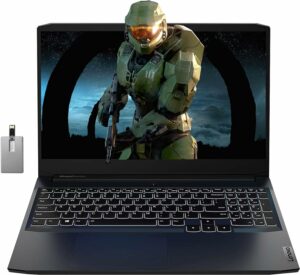


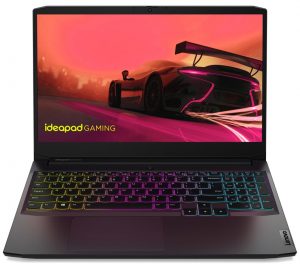
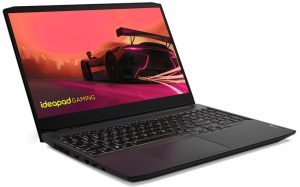
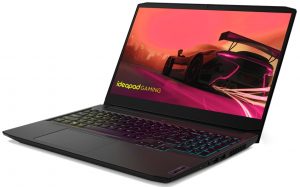
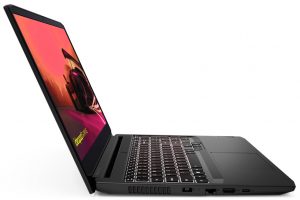
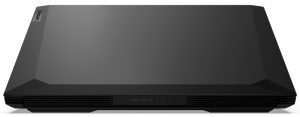
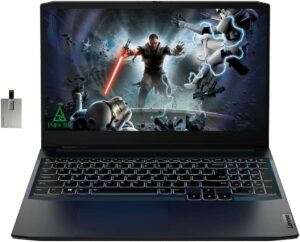

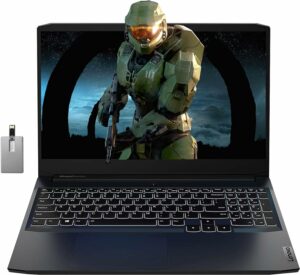
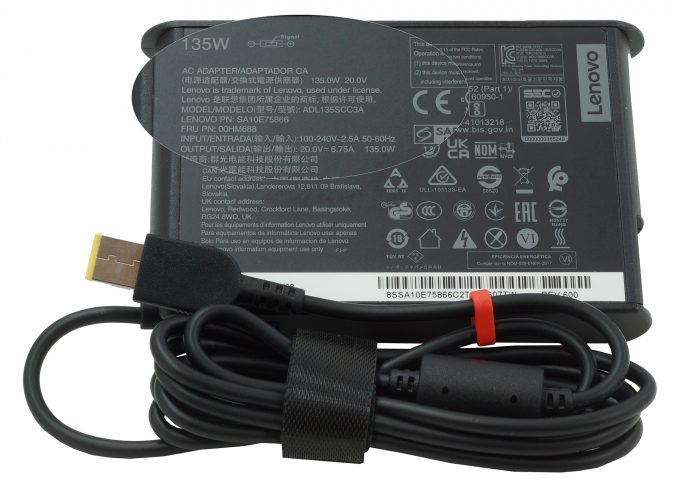

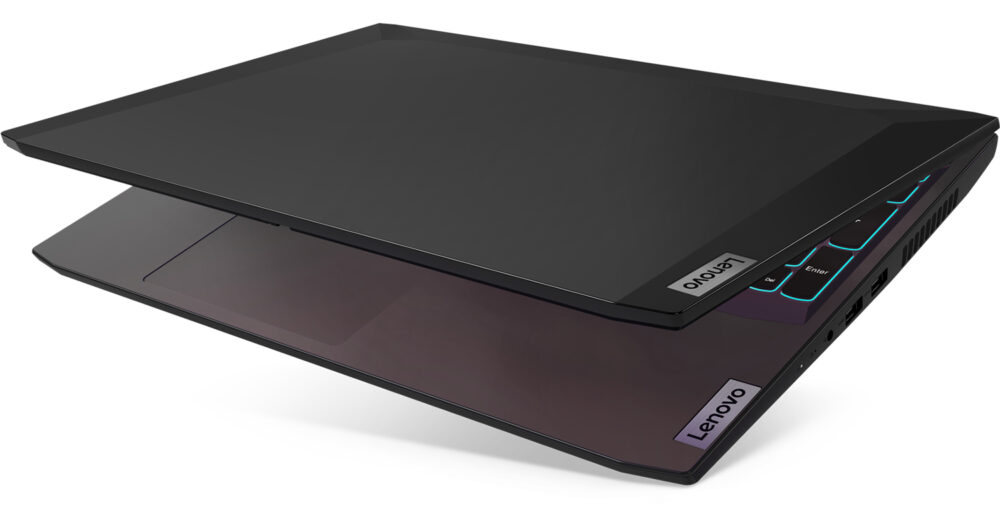
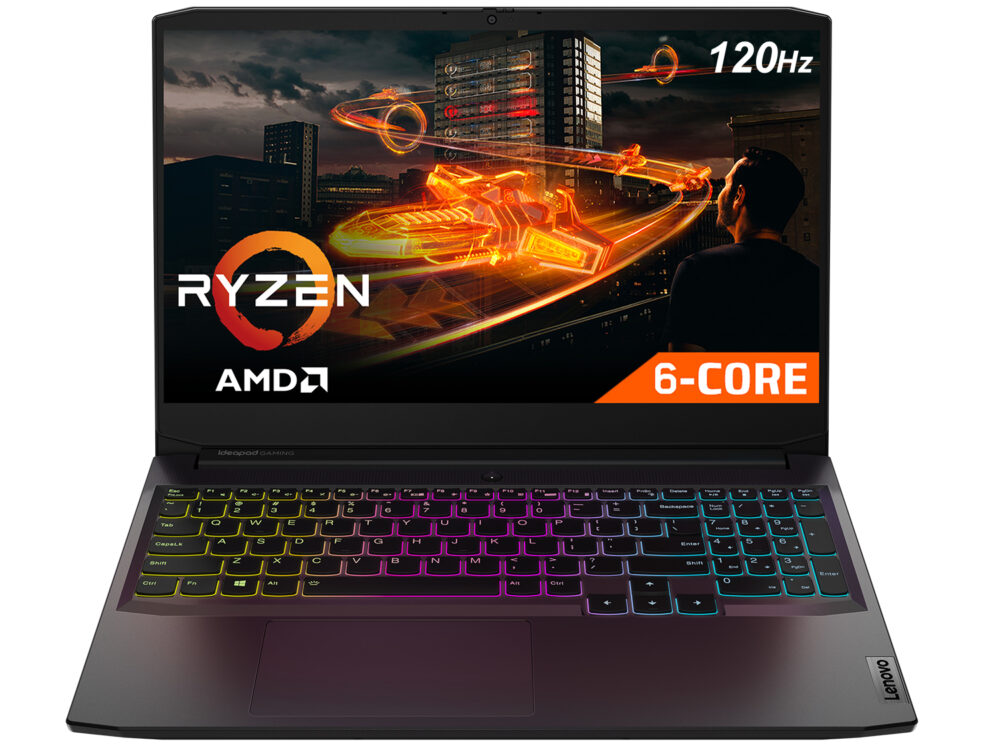
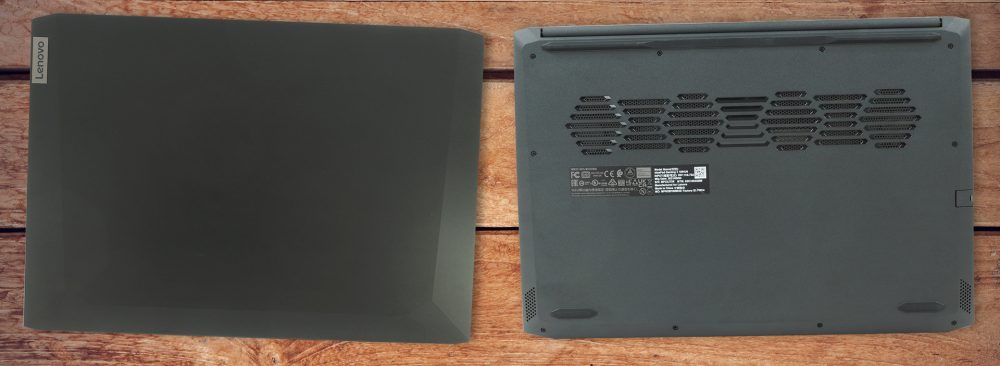


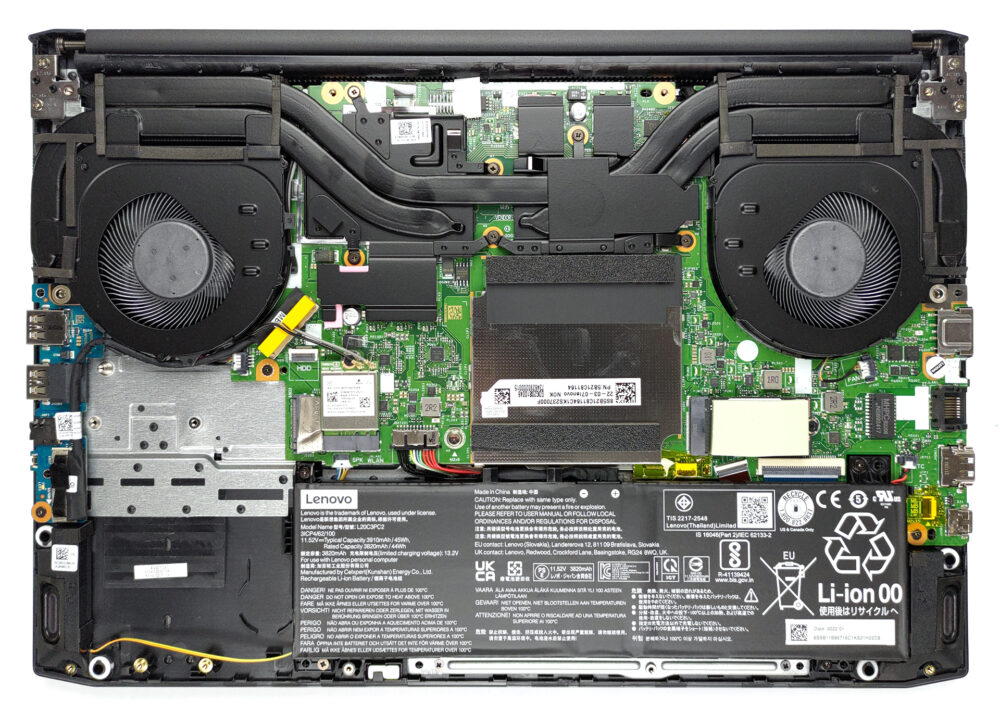
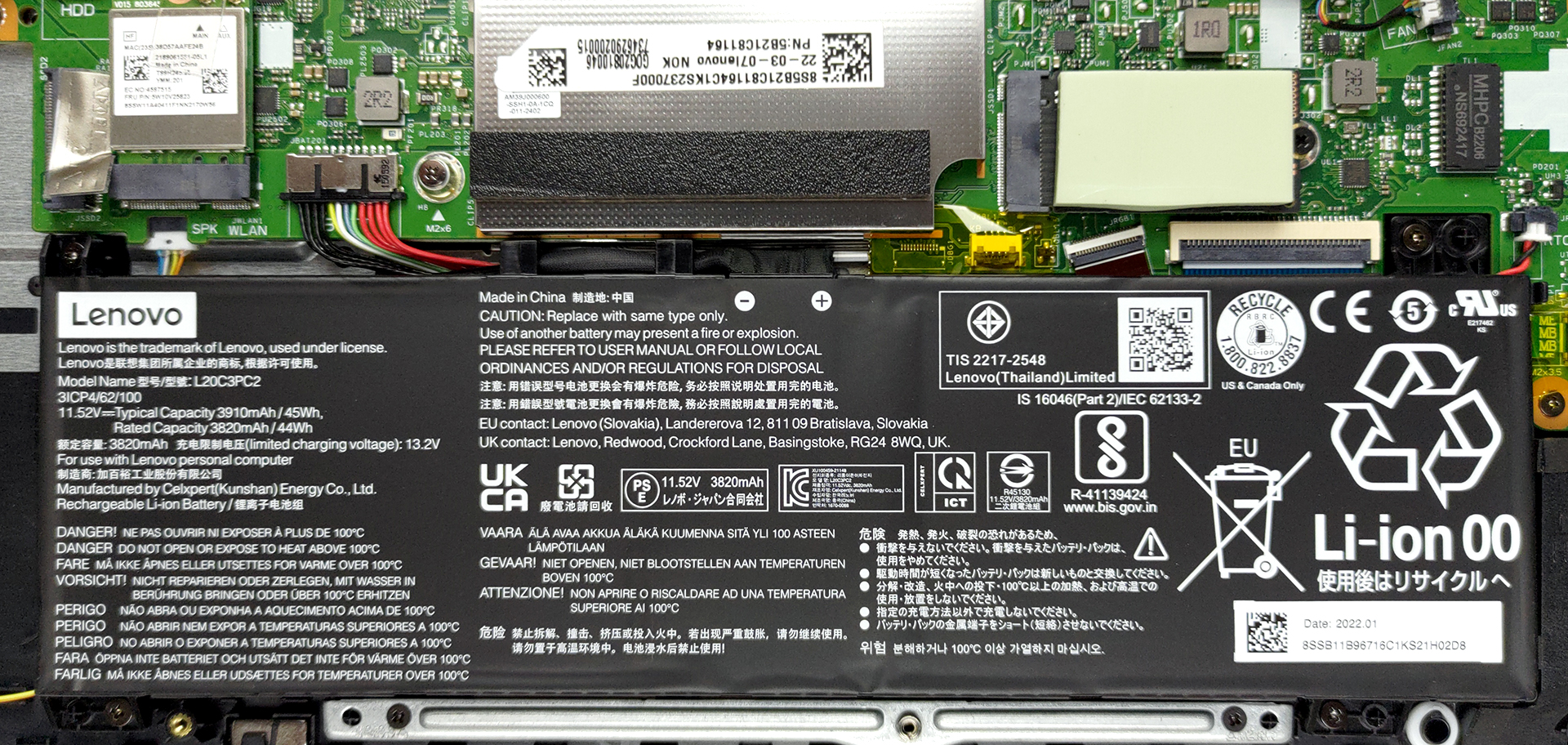
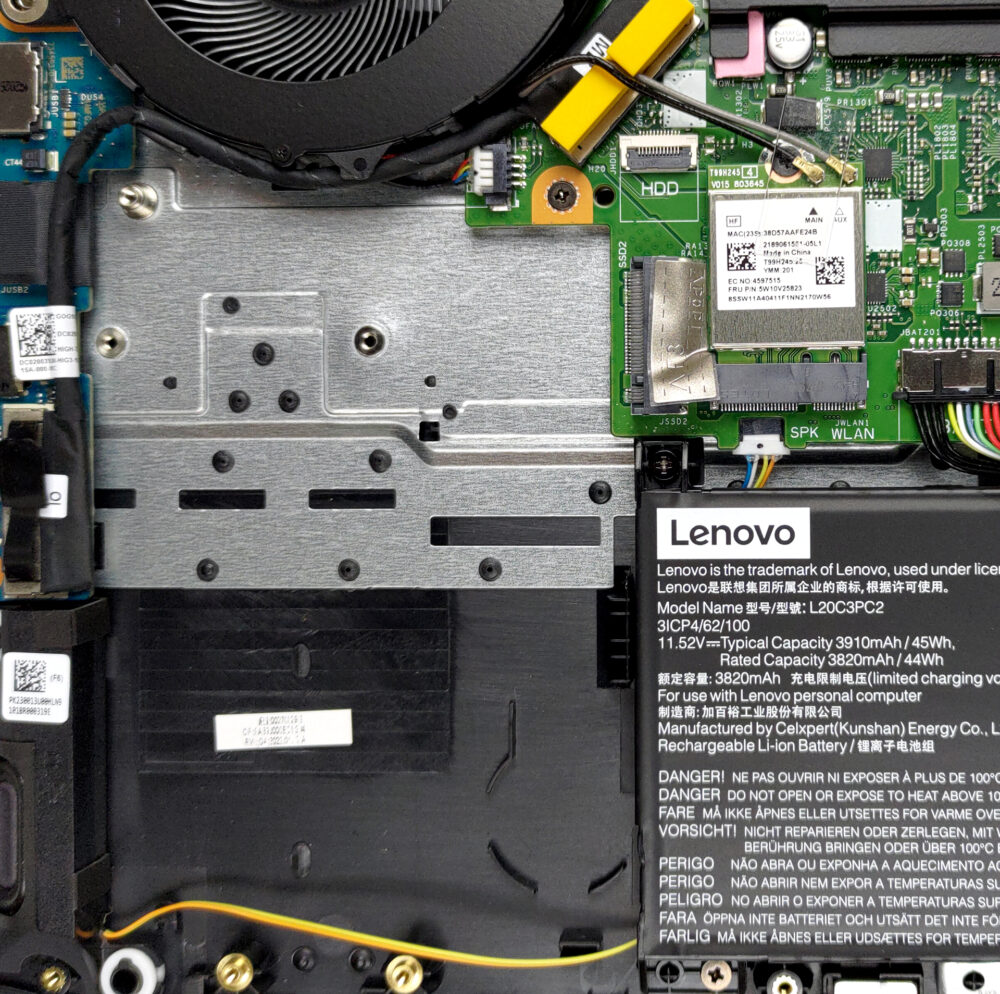
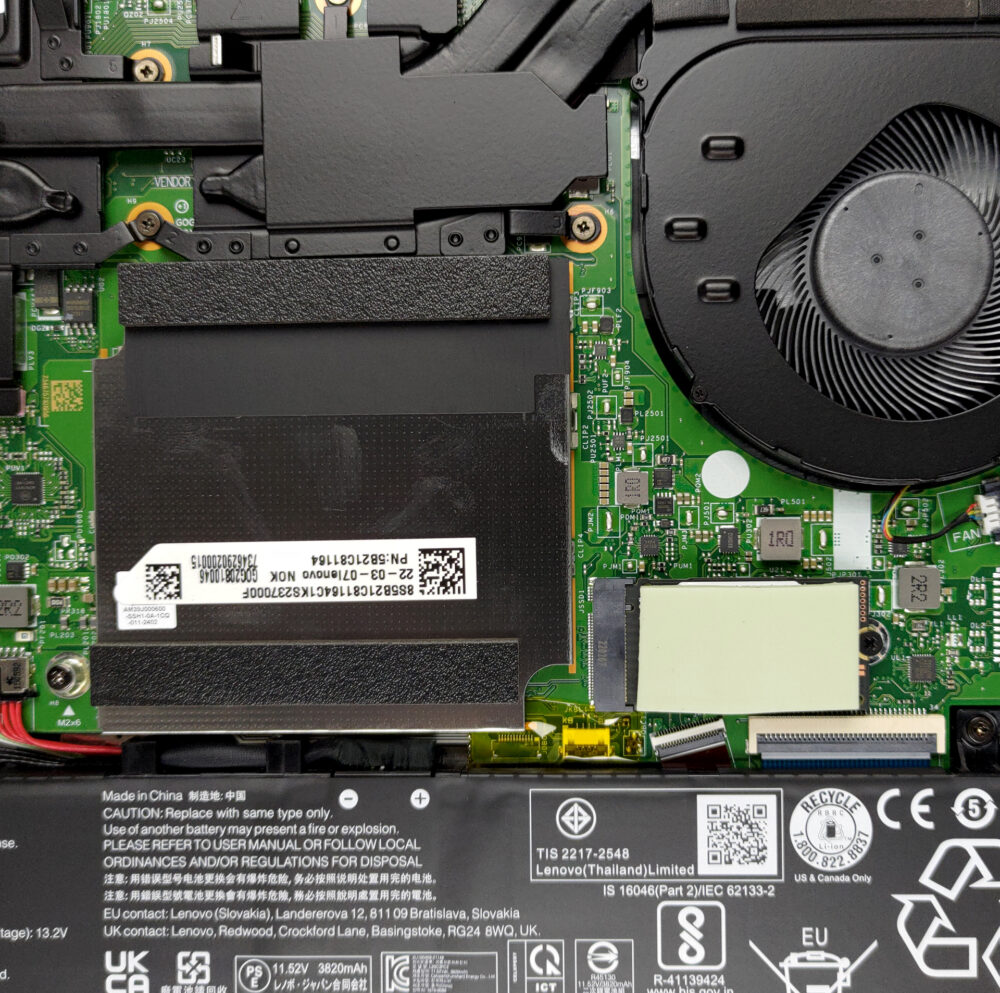

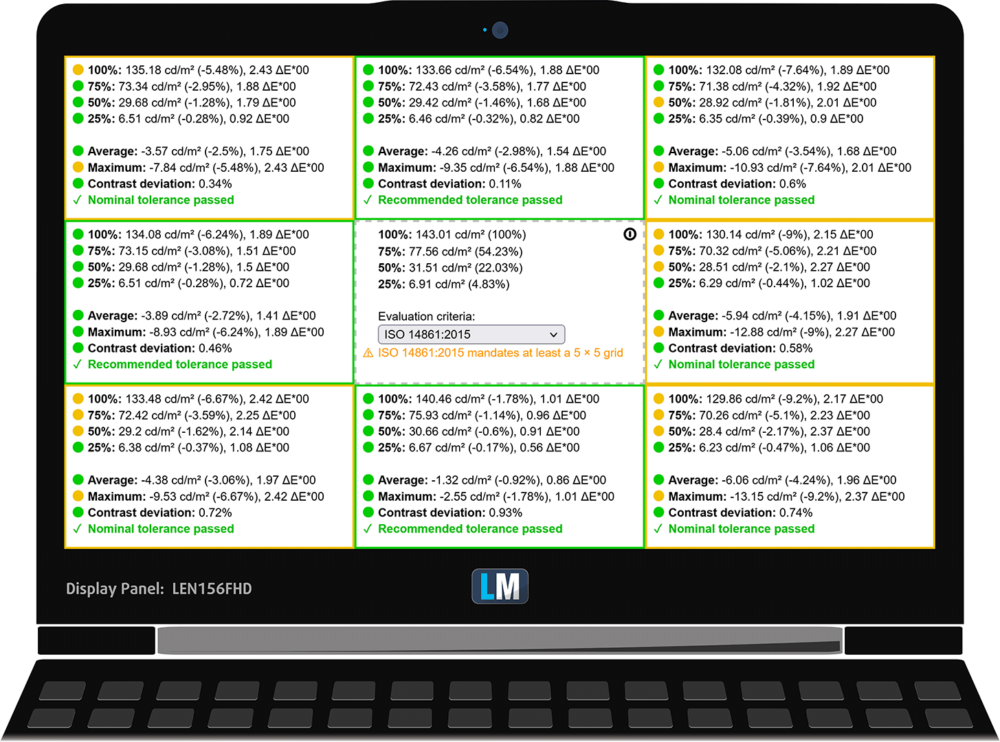
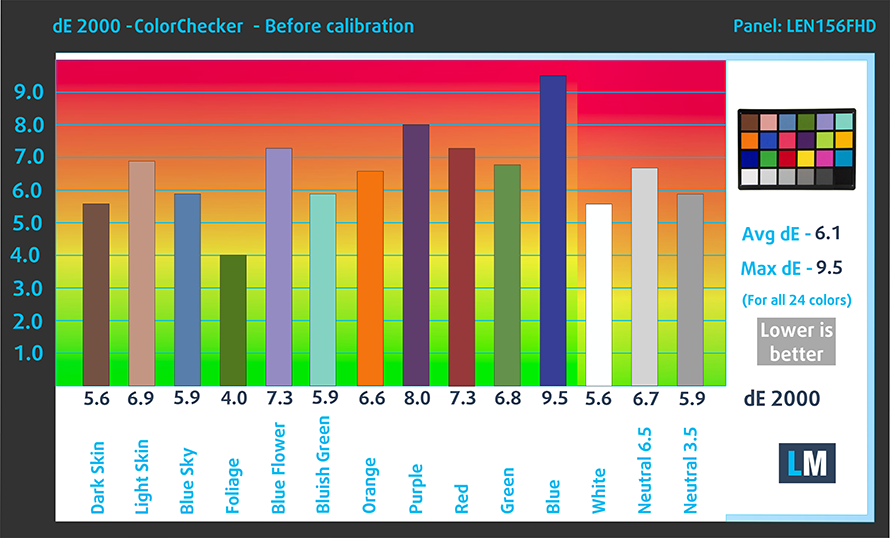


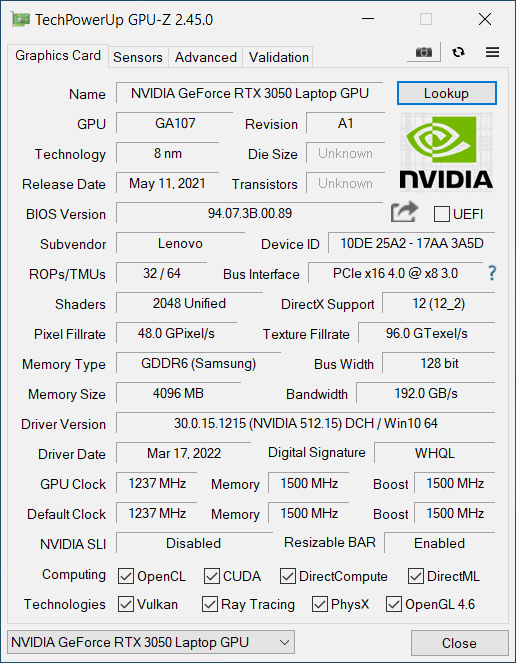











For battery discharge, do you make sure to turn off conversation mode and turn on rapid charging in vantage?
Also experiencing battery discharge. Ordered the 170W power adapter to hopefully fix this issue. Also going to try and upgrade the battery to a 60WH cell and see if its compatible.
Is a great laptop, i had this same problem (discharge), but the laptop was under guaranty, and they changed the charger from 135w to 175w and this problem was corrected without any cost.
Have Lenovo fixed the power drain?. Can we have update on this matter.